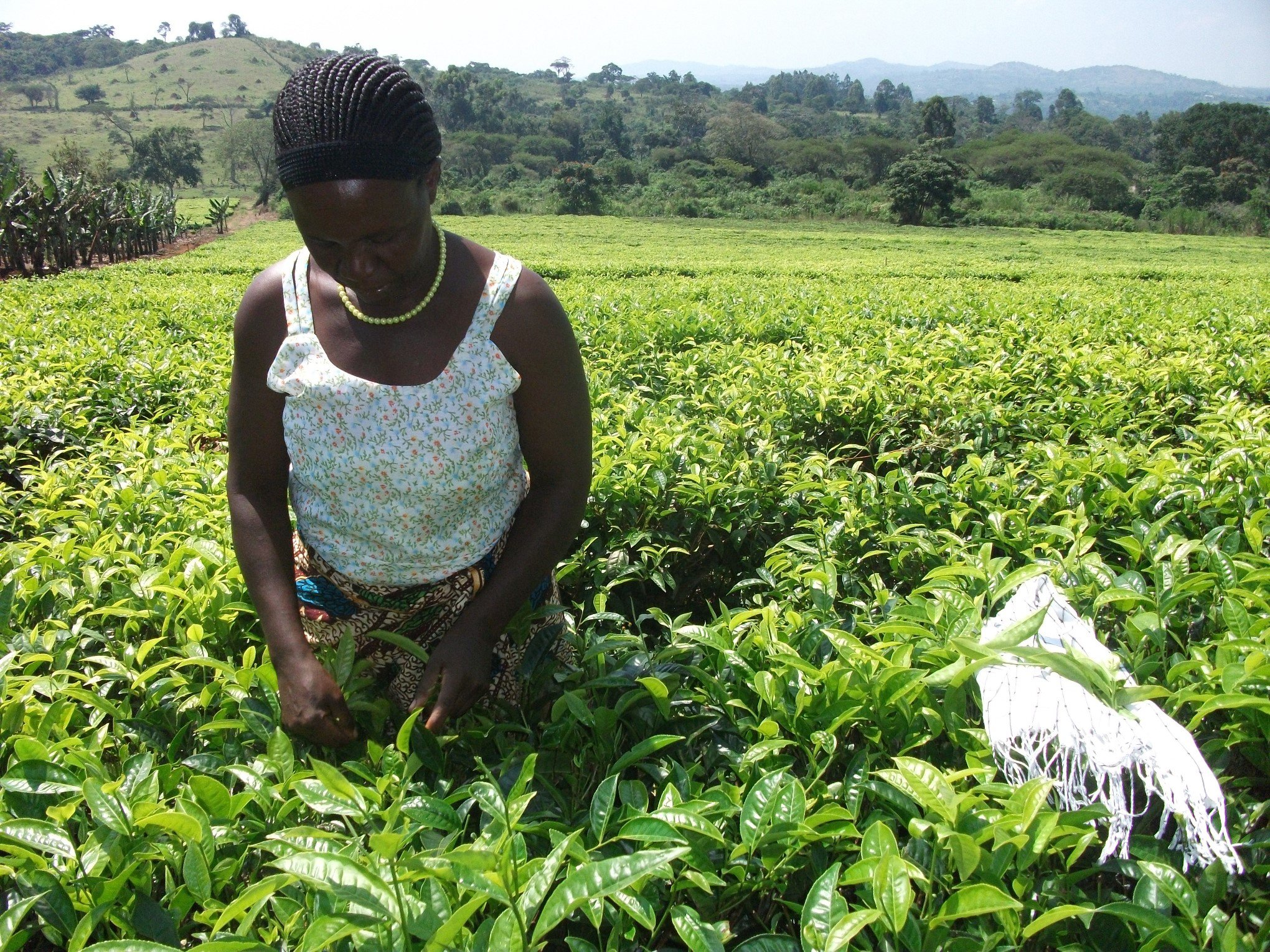Prime
Poor countries pay back Shs335t on loans a year

A teller counts dollars in a bank. File photo
What you need to know:
- Record debt levels and high interest rates have set many countries on a path to crisis.
Poor countries spent about Shs335 trillion ($88.9 billion) in debt-servicing costs in 2022, according to the World Bank’s latest international debt report 2023. World Bank is concerned that the increasing debt servicing costs could put them at a greater risk of slipping into a debt crisis.
According to the debt report 2023 released on December 13, debt-service payments—which include principal and interest—increased by 5 percent over the previous year for all developing countries.
The report states that the 75 countries eligible to borrow from the World Bank’s International Development Association (IDA)—which supports the poorest countries—paid a record Shs335 trillion ($88.9 billion) in debt-servicing costs in 2022.
“Record debt levels and high interest rates have set many countries on a path to crisis. Every quarter that interest rates stay high results in more developing countries becoming distressed—and facing the difficult choice of servicing their public debts or investing in public health, education, and infrastructure,” said Dr Indermit Gill, the World Bank Group’s chief economist and senior vice president.
Adding: “The situation warrants quick and coordinated action by debtor governments, private and official creditors, and multilateral financial institutions—more transparency, better debt sustainability tools, and swifter restructuring arrangements. The alternative is another lost decade.’’
Dr Indermit said countries eligible to borrow from IDA are likely to face a rough ride in the coming years: interest payments on their total external debt stock have quadrupled since 2012, to an all-time high of $23.6 billion, and pointed out that these payments are consuming an ever-larger share of export revenues, putting some countries just one shock away from a debt crisis. More than a third of this debt involves variable interest rates that could rise suddenly.
Closing gaps
Dr Indermit explained that the World Bank, along with other multilateral development banks, stepped in to help close the gap. Multilateral creditors provided a record $115 billion in new financing for developing countries in 2022, nearly half of which came from the World Bank. For many countries— particularly the poorest—multilateral creditors were the primary source of new financing in 2022.
“Through IDA, the World Bank provided $16.9 billion more in new financing for these countries than it received in principal repayments—nearly three times the comparable number a decade ago. In addition, the World Bank disbursed $6.1 billion in grants to these countries, three times the amount in 2012,” he said.
Uganda is among the 75 poorest nations which borrow from the World Bank’s International Development Association and its debt servicing has been growing in recent years due to increased borrowings.
The Finance Ministry said in its quarterly debt statistical bulletin and public debt portfolio analysis of December 2022 said that the largest share of government of Uganda’s public debt stock is constituted by fixed interest rate debt at 78.71 percent ($10.12 billion) while variable interest rate constituted 21.29 percent ($2.74 billion as at December 2022.
The Finance Ministry says this indicates an increase in fixed debt rate by 0.18 percent from 78.53 percent ($9.69 billion) while variable rate debt reduced by 0.5 from 21.47 percent ($2.64 billion) as at December 2022.
BILATERAL CREDITORS
Largest stock
Finance Ministry said the largest stock of the variable rate debt from bilateral creditors is from China representing $963.42 million, followed by commercial banks, AFREXIM ($378.95 million and Trade and Development ($474.42 million), while the variable –rates debt from multilateral creditors is from ADB representing $245.38 million.
The international debt report 2023 states that interest payments consume an increasingly large share of low-income countries’ exports, the report finds. More than a third of their external debt involves variable interest rates that could rise suddenly. Many of these countries face an additional burden: the accumulated principal, interest, and fees they incurred for the privilege of debt-service suspension under the G-20’s Debt Service Suspension Initiative. The stronger US dollar is adding to their difficulties, making it more expensive for countries to make payments. Under the circumstances, a further rise in interest rates or a sharp drop in export earnings could push them over the edge. IDA-eligible countries have spent the last decade adding to their debt at a pace that exceeds their economic growth.




